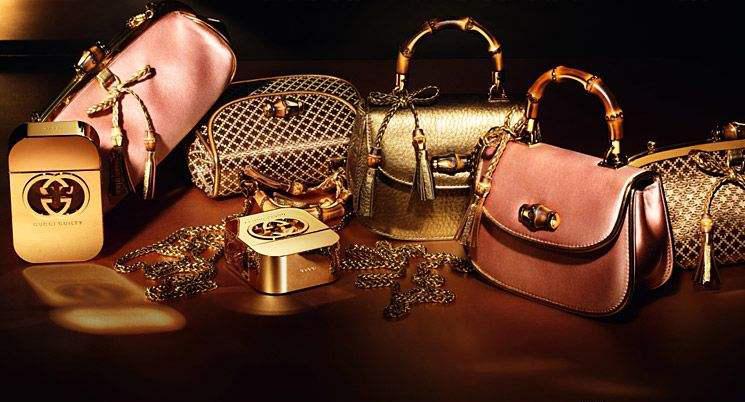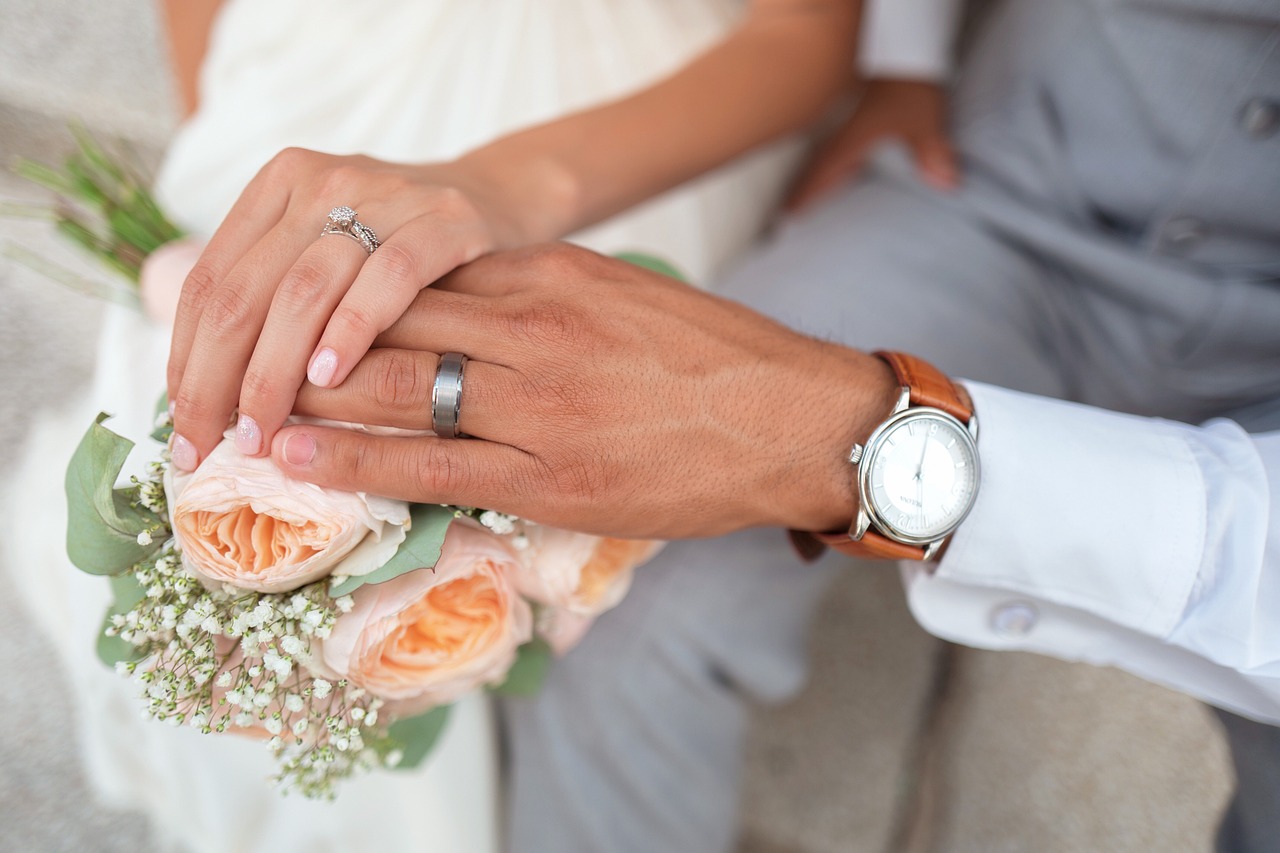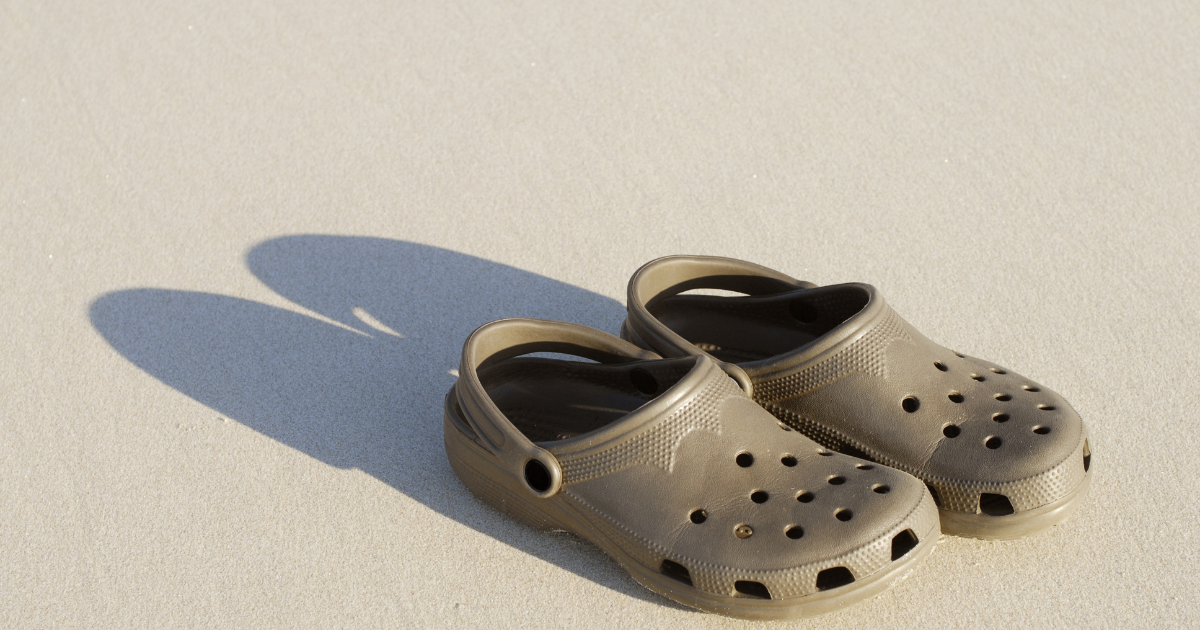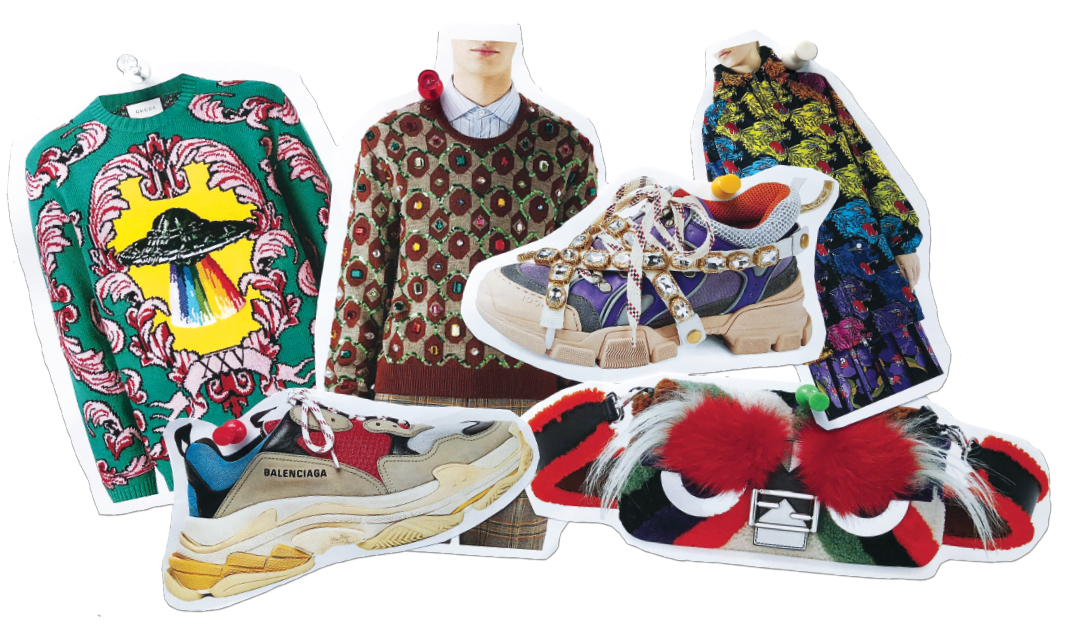Introduction
Over the recent few years, customisations and personalisations have become a dominant trend. This can be backed by a multitude of reasons — who does not love their own one-of-a kind luxury items? With increasing options to choose your own favourite colours, patterns or get your bags or clothes monogrammed, consumers have increasingly shown an interest in getting their belongings personalised[1]. However, while this does embody luxury and your own personal style and personality, customisations often seep into the boundaries fortified by IP laws.
Through this note, I essentially want to discuss the limits of customisation trends and their overlap with IP laws. I will be relying on four major judgements to discuss the importance of striking a balance between consumer demands and brand protections. In the end, I will be underlining a few useful factors in determining the limits of customisations and a few measures brands can take to guard themselves against unauthorised agents and third parties.
Legal Complexities of Customisation in Luxury Goods
Luxury brands strongly rely on maintaining their exclusivity and therefore, place great emphasis on getting their designs, patterns and logos protected. Trademarks aim to protect a brand’s status and market value and copyrights protect artistic expressions but what happens when third or unknown parties modify luxury items by repurposing materials, adding new designs or reconfiguring patterns. Thus, the question at hand is — what is the permissible limit of customisation? How can brands protect themselves while enhancing consumer trust and meeting their demands?
The First-Sale doctrine/ Exhaustion Principle is a principle that is highly crucial for our discussion today[2]. This principle aims to balance out ownership rights with IP laws to foster a free flow of commerce. Essentially, this doctrine lays down that once a product or an item is sold, the owner gets the right to sell/ resell/ dispose it off. However, this doctrine has its own limitations. Section 30(4) Indian Trade Marks Act, 1999[3], categorically bars the exhaustion principle if the state of the products has been “altered or impaired” after the first sale. Significant alteration of luxury goods will still amount to infringement, especially if they impact the identity of the brand.
In many jurisdictions, the rights of parody and artistic expression are tolerated, however, courts more often than not also consider the amount of alteration, the potential for consumer confusion, and the business motive or intent underlying the modification. Many landmark cases show legal consequences to unauthorised third-party businesses that operate on a commercial level in providing customisations.
Case Law Analysis: Customisation and IP Protection
Louis Vuitton v. My Other Bag (USA, 2016)[4]
My Other Bag (MOB) created tote bags featuring cartoonish, satirical drawings of Louis Vuitton handbags. Louis Vuitton filed suit for trademark dilution, arguing that these depictions harmed the brand’s exclusivity. The U.S. courts ruled in favor of MOB, holding that parody is a form of protected fair use under trademark law. This judgment established that not all changes constitute infringement, especially if they serve a distinct humorous or creative purpose that does not mislead consumers.
Seagate Technology v. Daichi International (India, 2024)[5]
Daichi International, a Delhi-based company imported and refurbished Hard Disk Drives (HDDs) that were actually manufactured by Seagate. The defendant sold them under its own brand but retained the Seagate trademark. Seagate contended that this was trademark infringement and that their brand had been diluted by Daichi’s actions. The Delhi High Court sided with Seagate and granted an injunction against Daichi, holding that changes that compromise the integrity of the product or that are deceptive are not protected by the exhaustion principle.
Rolex v. Michel Co. (USA, 2023)[6]
Michel Co. refurbished Rolex watches by replacing authentic components with non-Rolex pieces such as the bracelets, dials etc, yet they retained the Rolex trademark. The judge ruled against Michel Co., holding that the alterations made were significant in nature and diluted the brand’s quality and value. Additionally, by retaining the original trademark, there was also a huge possibility of consumers getting confused. Hence, the court sided with Rolex and asked the defendant to use their own trademarks and also provide disclaimers about the extent of modifications made.
Swiss Federal Supreme Court Case on Watch Customisation (2023)[7]
A Swiss customising firm modified Rolex and Patek Philippe watches by adding diamonds and other accoutrements before reselling. The Swiss court ruled that such modifications were deceptive to consumers and eroded trademark rights, holding that unauthorised modifications on a commercial level were tantamount to trademark infringement. Additionally, the court also emphasised on the necessity to maintain transparency about the alterations made to the watches. This case set the standard for the stringent rule regarding unlawful alterations, especially in the secondary market.
Balancing Consumer Rights and Brand Protection
The main challenge in the personalisation of luxury goods is a balance between the rights of the consumer to ownership and the right of the brand to protection. The courts look at various parameters to determine the legality of customisation. The level of alteration is critical—minor, private-use alterations are less likely to violate intellectual property laws, but commercial-level or changes to the core brand elements (like logos or distinctive patterns) are more likely to be restricted. Consumer confusion is a major concern, as companies argue that illegal modifications may lead consumers to believe the product still maintains authenticity or endorsement by the brand.
To respond to the customisation trend, brands have engaged artists and also offered in-house personalisation that would allow controlled changes. Louis Vuitton x Yayoi Kusama and Burberry monogramming service are instances of collaborations with clients and brand standards in place on the customisable options. In this way, such brands can have control over exclusivity while dealing with customers legally.
Emerging Trends and Legal Challenges in Digital Customisation
With the birth of digital customisation platforms such as the metaverse and the NFTs, luxury brands now face additional legal difficulties. Although brands such as Balenciaga and Gucci have attempted to strengthen their IP policies by introducing digital fashion items, the existing legal frameworks are outdated and inconsistent with the growing virtualisation[8]. This has raised concerns about IP enforcements and digital assets that might not be protected. The key legal hurdles include:
- The Scope of Traditional IP laws — Trademark laws were initially designed for physical goods but with the emerging trends, courts face the challenge to answer whether these laws apply to digital assets or not.
- Risk of Counterfeit NFTs — Rogue operators can create counterfeit luxury digital products, which is what happened in Hermès v. MetaBirkins.
- Consumer confusion in the virtual Marketplace — Because there is no clear regulation on metaverse platforms, the customers may mistaken illegal digital items as a branded product.
Hence, the luxury companies are now required to restructure their intellectual property plan, where the trademarks for the digital products must be registered, and copyrighting the digital designs of fashion so that the brands can protect their virtual assets.
Brand Protection Strategies
Luxury brands need to promote personalisation through both proactive and legal strategies against unlawful modification. Authorized customisation suppliers collaborate with brands to sustain brand integrity through personalisations. Chanel’s “ORLI” authentication technology helps in keeping its authenticity alive through validation of the product from where they originated. A few companies have initiated using genuine personalisation services such as Nike’s By You and Burberry’s customised trench coat options, so that the consumers get legitimate customising avenues open for them.
Brands must continue to enforce trademark and copyright laws against illegal commercial modifications from a legal perspective. Litigations such as Christian Louboutin v. Pawan Kumar (India) have set precedents in disallowing illegal modifications that deceive consumers. Brands must expand their trademark registrations to include virtual goods and NFTs in the digital space, thereby maintaining exclusivity in both the physical and digital marketplace.
Conclusion
While customisation and personalisation enhance an item’s aesthetic and emotional appeal, it also raises multiple legal challenges for brands that thrive on exclusivity and maintaining their quality. Striking a balance between consumer demands and brand’s legal protection, is thus, really crucial to maintain a free flow of commerce and for brands to to keep their customers loyal to them. Courts continue to reassess the boundaries of IP policies in both traditional and digital markets. As luxury goods attract newer trends, the need of the hour is to prioritise customer needs and formulating a well-regulated legal framework.
[1] Posts, Ai Guest. “Customizable Luxury: The Rise of Personalised Fashion in the High-End Market – LUXlife Magazine.” LUXlife Magazine, 28 June 2024, https://lux-life.digital/customizable-luxury-the-rise-of-personalized-fashion-in-the-high-end-market/.
[2] Guha, Sumeet, and Shreya Matilal. “FIRST SALE DOCTRINE IN INDIA WITH SPECIAL REFERENCE TO DIGITAL COPYRIGHT WORKS.” NLUA Journal of Intellectual Property Rights, by NLUA Journal of Intellectual Property Rights and Rajiv Gandhi School of Intellectual Property Law, Indian Institute of Technology Kharagpur, vol. 2, no. 2, journal-article, 2021, pp. 1–3. https://nluassam.ac.in/docs/Journals/IPR/vol2-issue-2/1.%20FIRST%20SALE%20DOCTRINE%20WITH%20SPECIAL%20REFERENCE%20TO%20DIGITAL%20COPYRIGHT%20WORKS.pdf.
[3] The Indian Trade Marks Act, 1999, Section 30.
[4] Louis Vuitton Malletier, S.A. v. My Other Bag, Inc., 156 F. Supp. 3d 425 (S.D.N.Y. 2016).
[5] Seagate Technology LLC vs Daichi International CS (COMM) 67/ 2024.
[6] Rolex Watch U.S.A., Inc. v. Michel Co. 179 F.3d 704 (9th Cir. 2010).
[7] Vischer AG. “Customising of Luxury Goods From an Intellectual Property Perspective – Second Part.” Lexology 5 March 2024. https://www.lexology.com/library/detail.aspx?g=05e8751d-97ba-413a-882e-2502a7b8df0b.
[8] Breyer, E. “Luxury Brands Are a Great Example of Web3 Adaption”, NFT Now, July 12 2022. https://nftnow.com/culture/luxury-brands-are-a-great-example-of-web3-adaptation/?utm_source=chatgpt.com.
Author Name: Sana R Goswami (Student Editor at FLJ)
Sana R Goswami is a 4th-year law student pursuing a BA LLB (Hons.) at Jindal Global Law School. She has a strong interest in fashion law, focusing on diverse aspects such as intellectual property, brand protection, contractual matters, and market entry strategies. Sana has actively engaged in this field through academic research, writing, and practical exposure to legal challenges faced by global fashion brands.
















